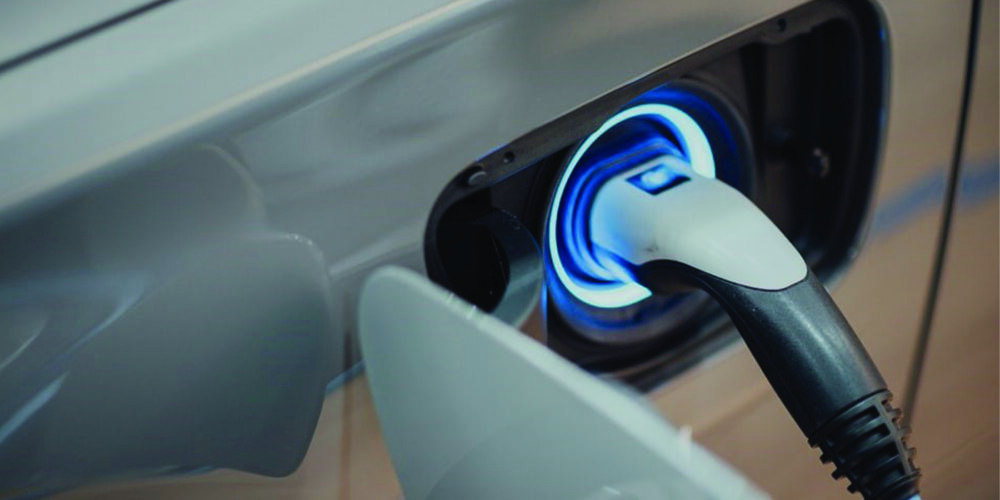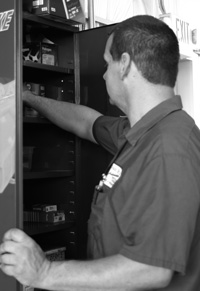
On Saturdays, some sales reps would come out and restock the cabinets and displays. Typically the cabinets were given to a shop if they bought the inventory of parts that went in them. In those days, cars and parts were simple and the same wheel bearing could fit a trailer or the front of a Chevy. Many of these cabinets could hold the parts to fit 95% of the cars on the road.
By the late 1970s, when I was wandering around the gas station, it was becoming apparent for some product categories that this business model was not going to work. It was not that the cars were getting better, it was the introduction of emission controls, electronic ignition and import vehicles. The $3 point sets were being replaced with $20 HEI coils and magnetic pick ups, and the cost of this inventory my grandfather did not want to front.
Many of these empty cabinets were starting to collect in the back and my father took a few home to my mother’s dismay. Only if she had known about eBay back then.
Fast forward 30 years, data and inventory management has become just as important to the aftermarket as those metal cabinets were. At Automotive Aftermarket Products Expo (AAPEX) trade show last month, many suppliers I met with were announcing that they were rolling out the usual new part numbers. But, what was foremost was the announcement that they were using their data and mashing it together vehicle registration, mileage and other information to manage manufacturing and inventory at all levels.
While this is nothing new, what is truly different is how they are mashing the data together with regional information to achieve the right mix of inventory for a regional market.
Lets take a simple product like a ball joint. One database can say a company sells a ball joint part number 300 times a year. A vehicle registration database may show where the vehicles the ball joint fits are located. An electronic catalog may log the number of times that part number is looked up and the location. That same electronic catalog may keep track of how many times it is purchased or exported to a repair order. That shop management software could even put a mileage to when the ball joint was replaced. All of this data is shared with parts manufacturer and distribution chain so they can look at the data to determine stocking levels.
Now imagine that your parts supplier knows to keep only two of these ball joints in stock instead of 12? Can you imagine never having to wait for a part that has to be ordered or shipped from a distant warehouse for a 3 p.m. delivery?
The ultimate evolution of this data sharing and mashing, in my opinion, could be the return of the parts cabinets. Instead of having a standard inventory that is the same across the country, these cabinets will stock the right parts for your market and customers. Some shops may not like the idea of investing in inventory, but the opportunity of having the right part at the right time is difficult to ignore.
EV Charging
Charging will get better as technology improves and drivers change their behaviors.
I once worked with a technician you might call considerate. When he used a piece of equipment, he would ensure everything was clean and properly put away. For example, we had a five-gas analyzer used for state emissions testing. After every time he used the machine, the hose for the tailpipe probe was neatly coiled and hung on the machine. When he used the machine, the hose was laid on the ground and not dragged across the shop’s floor. He also was the guy who would dispose of the filters left in the oil drain by other technicians.
Keep On Rockin’ Into The New Year
Nominations are still open for Vehicle Care Rockstars!
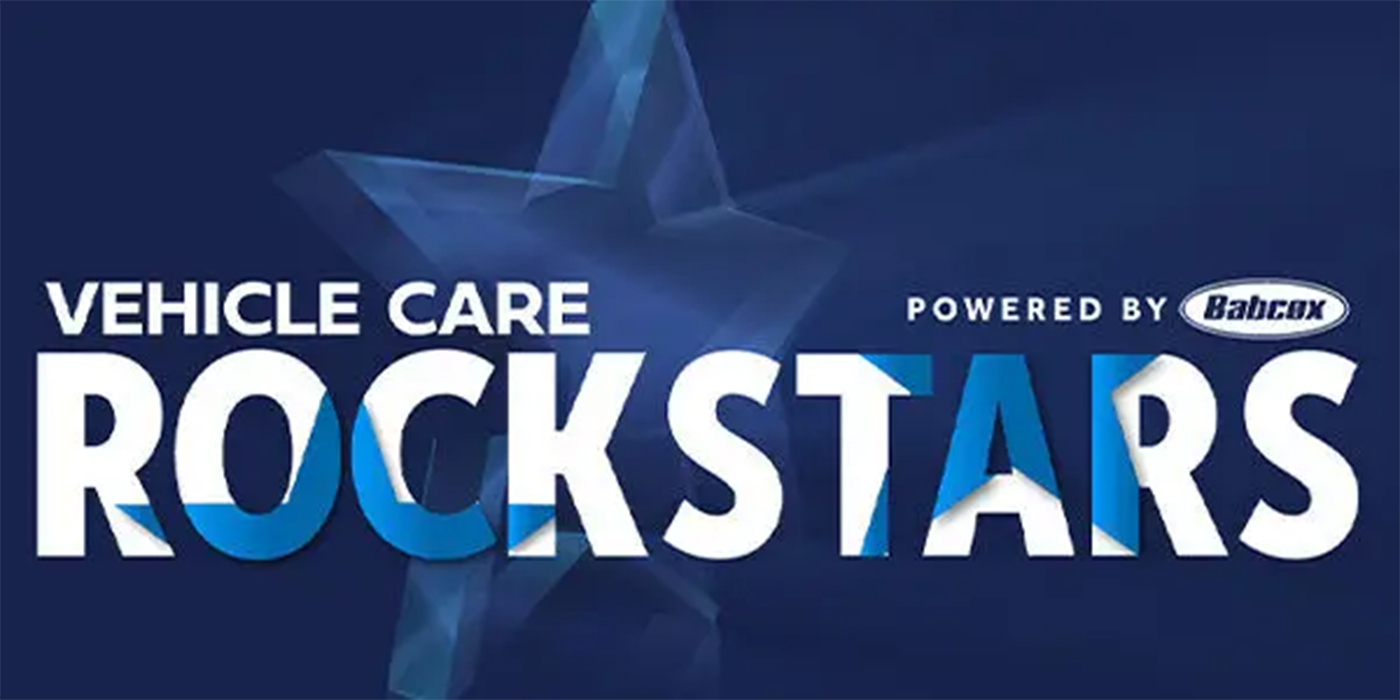
Being Happy Gets In The Way of Being Successful
Bryce Kenny says his greatest satisfaction comes from helping others to find the courage to chase their dreams.

Quality Triumphs!
We interact with our cars differently and today’s parts quality matters more than ever.
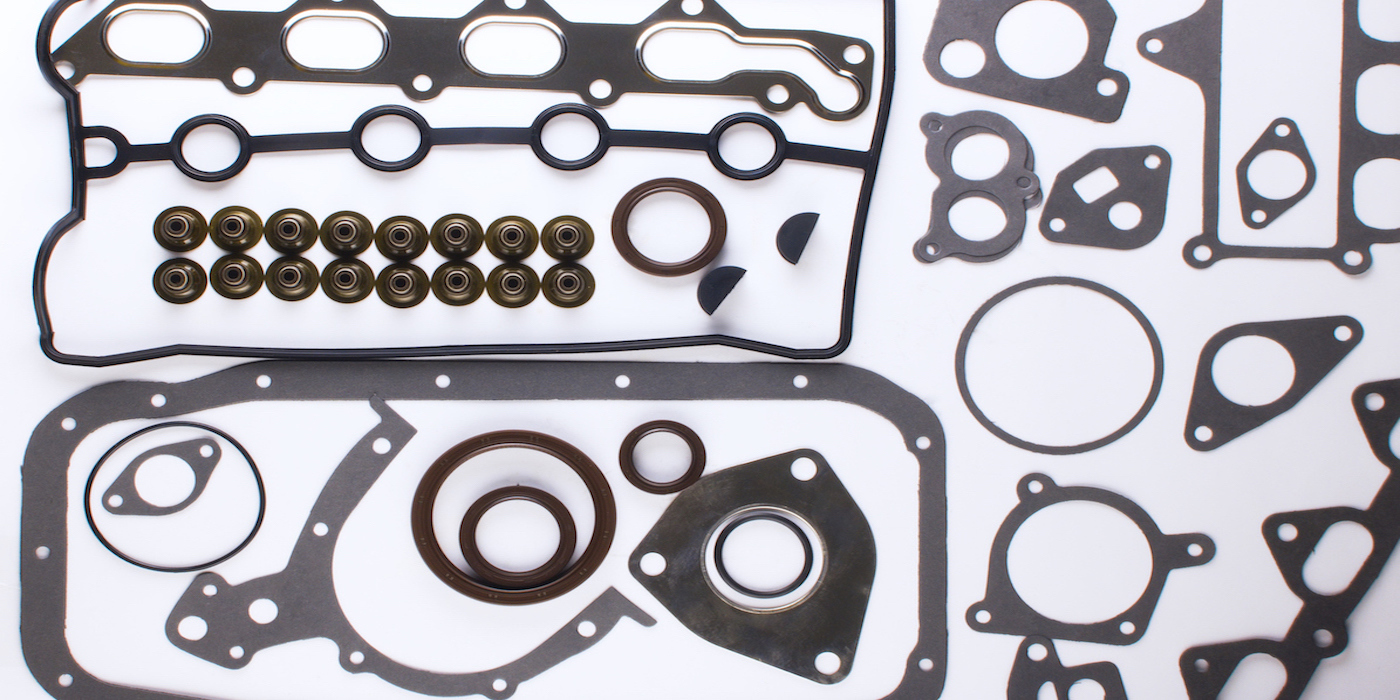
Putting Yourself First For Safety
Shop safety policies and procedures are only as good as those following them. Make sure you’re watching out for you!

Other Posts
It Ain’t Bragging If You Can Back It Up
For the great work they do, shop owners like Harrison Keyes talk less about “me” and more about “us.”

Why Is NHTSA Involved With RTR?
A closer look into NHTSA’s involvement with RTR.
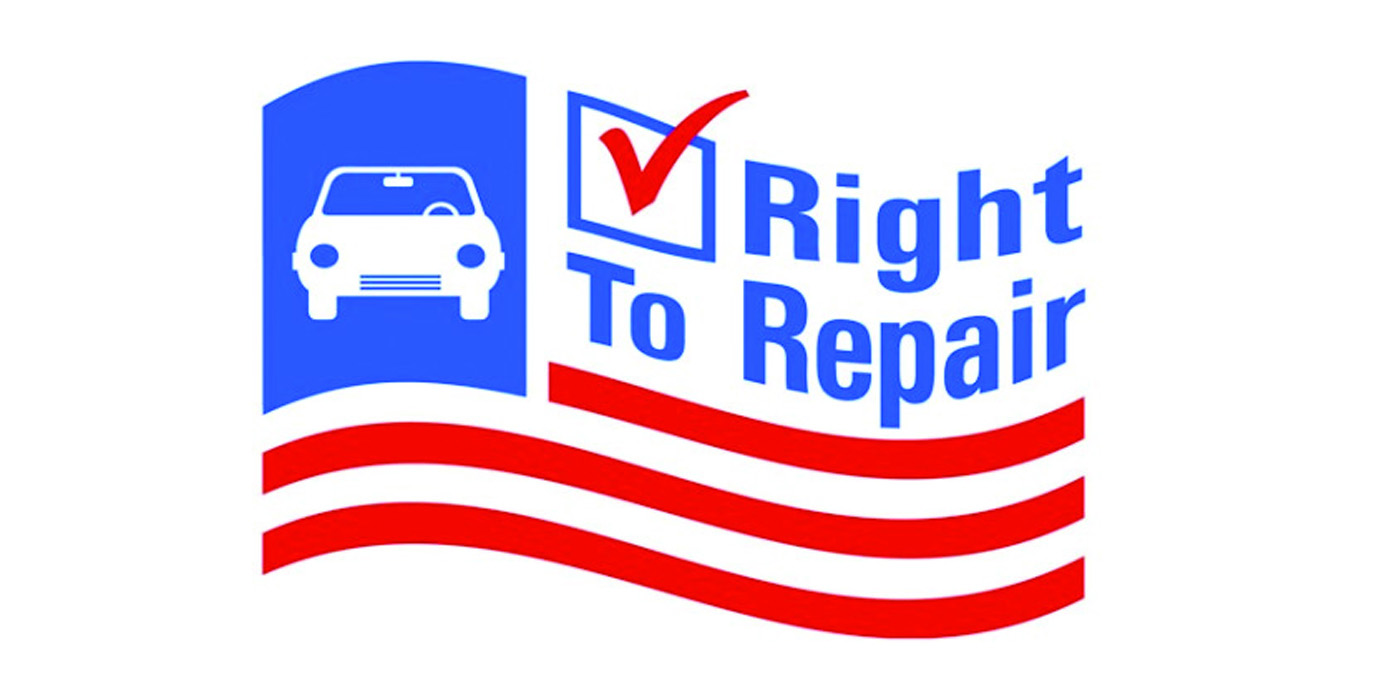
Do OEM Service Bays Offer Opposition or opportunity?
With great power, of course, comes great responsibility.

How Effective Are Non-Competes
NCAs restrict workers, hinder innovation, and impact employment options.






